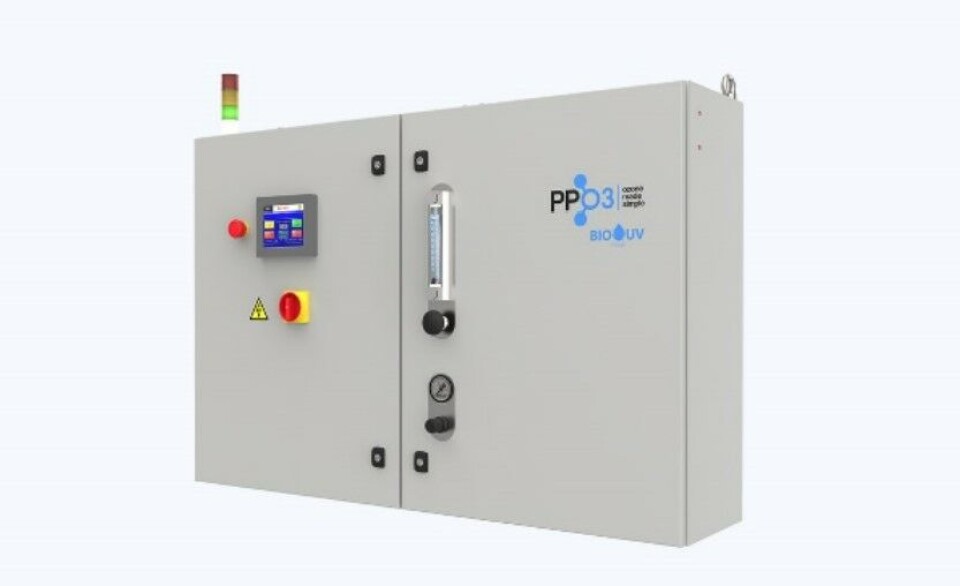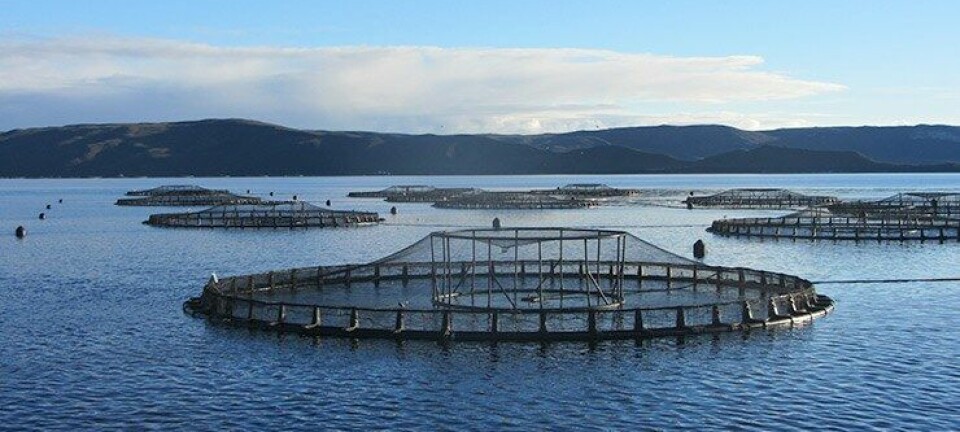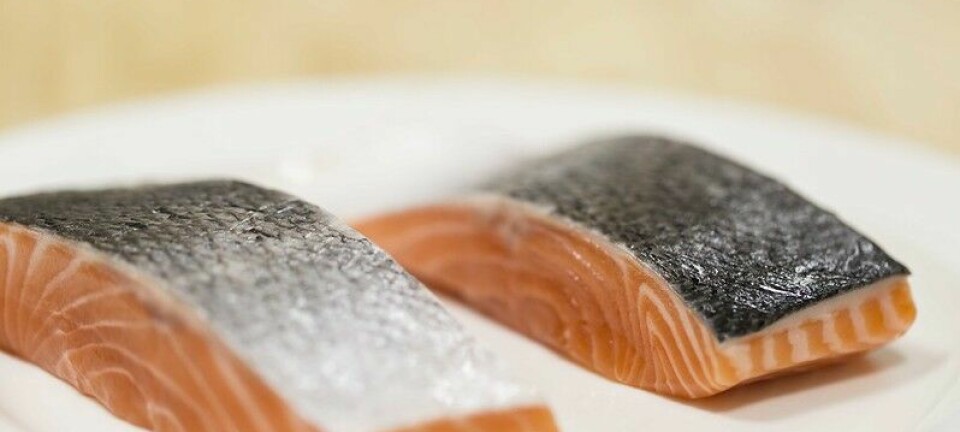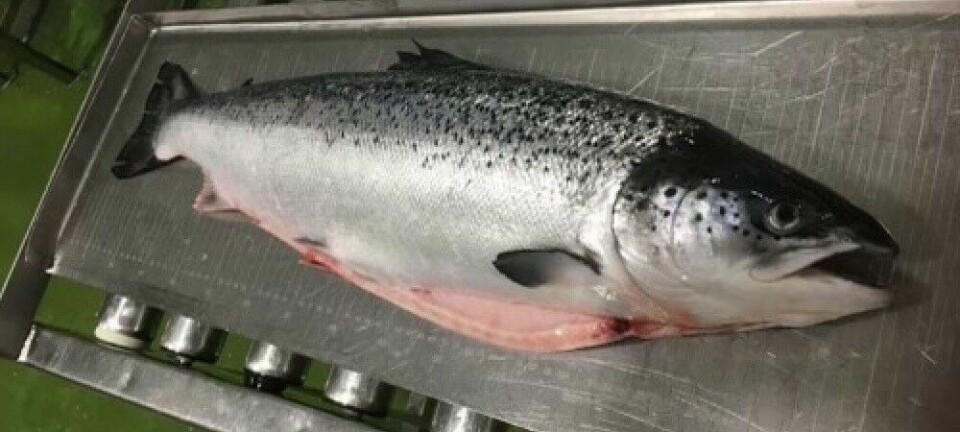
Ozone company reports strong demand in Scotland
Scotland ozone (O3) generator maker Triogen has secured a series of major orders from the country’s salmon hatcheries this year, its French owner, BIO-UV, has announced.
“Triogen by BIO-UV Group has delivered 16 ozone units including one of the company’s new PPO3 ozone generators to Scottish salmon farm (hatcheries) this year, all manufactured at the Triogen facility in East Kilbride, near Glasgow,” BIO-UV said in a press release.
“We continue to deliver to operators in the UK aquaculture sector and contribute significantly to the health and wellbeing of fish and humans alike,” said Simon Marshall, deputy general manager of BIO-UV Group and managing director of Triogen.
A dynamic market
“Thanks to our proactive approach and strong customer service, we have had the opportunity to work with numerous fish farm hatcheries in the UK, supplying new equipment and providing emergency support. At the end of 2023, BIO-UV Group was called in following a breakdown of water treatment equipment. We were able to respond quickly and within 48 hours delivered and commissioned a device that enabled the owner to save their production.”
Marshall said the UK market has been defined as one of the most dynamic countries in the world for aquaculture.
“To support our local activities, we have set up a sales team in direct contact with local operators, system integrators, and fish farmers. Our responsiveness, customer service, proximity, and the quality of our products, have enabled us to achieve substantial commercial successes,” he added.
Disinfection and more DO
Ozone is generated by the recombination of oxygen (O2) atoms with oxygen molecules. Electricity is used to excite oxygen molecules in a feed gas, forcing them to split and combine with other oxygen molecules to create O3.
BIO-UV says creating ozone is a simple and effective way to break down particles in water recirculation systems used in aquaculture and fish farming. The process disinfects and oxidises organic pollutants while increasing the concentration of dissolved oxygen (DO) in the water.






















































